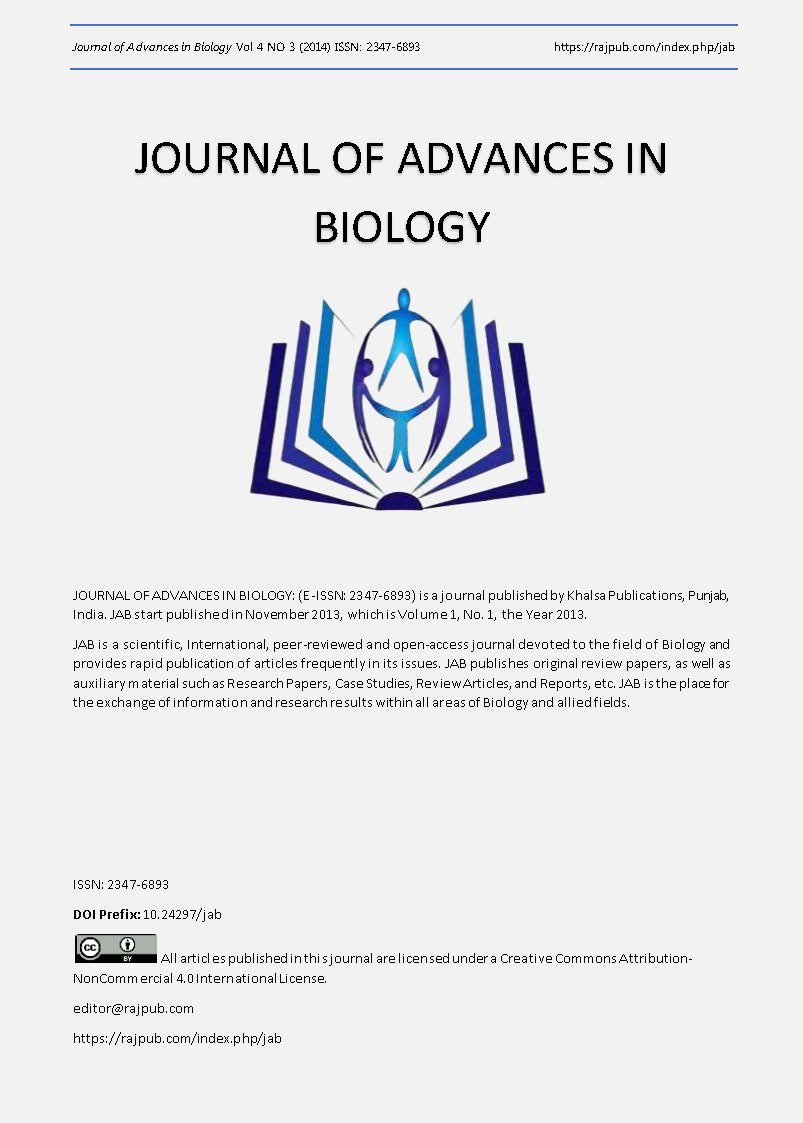Identification of Pathways Associated With Endothelial Dysfunction in Obesity
DOI:
https://doi.org/10.24297/jab.v4i3.3748Keywords:
Pathway, endothelial dysfunction, obesityAbstract
Obesity has become an increasingly serious health problem and a widespread social focus. It is associated with many diseases, including cardiovascular disease through the induction of endothelial dysfunction. The aim of this study was to analyze the endothelial genes that become dysfunctional in obesity and then describe the most significant signal pathways using a systematic bioinformatics approach. Two sets of genes were recovered from the PubMed database. One set was constrained to vascular endothelial dysfunction (VED), and the other set was strictly constrained to both obesity and VED. These two gene sets were mapped to the pathway databases in GeneGo and DAVID to identify pathways associated with endothelial dysfunction in obesity.One hundred and fifty-nine genes were collected in the first set of VED genes. An additional 64 genes associated with obesity also played a role in endothelial dysfunction. Two major pathways (Proopiomelanocortin (POMC) processing and angiotensin system maturation in protein folding and maturation) associated with obesity and endothelial dysfunction were explored. This paper studied obesity at the systems biology level and identified important pathways associated with this disorder. These pathways could serve as targets for treatment and drug discovery in the future.
Downloads
Downloads
Published
How to Cite
Issue
Section
License
 All articles published in Journal of Advances in Linguistics are licensed under a Creative Commons Attribution 4.0 International License.
All articles published in Journal of Advances in Linguistics are licensed under a Creative Commons Attribution 4.0 International License.




